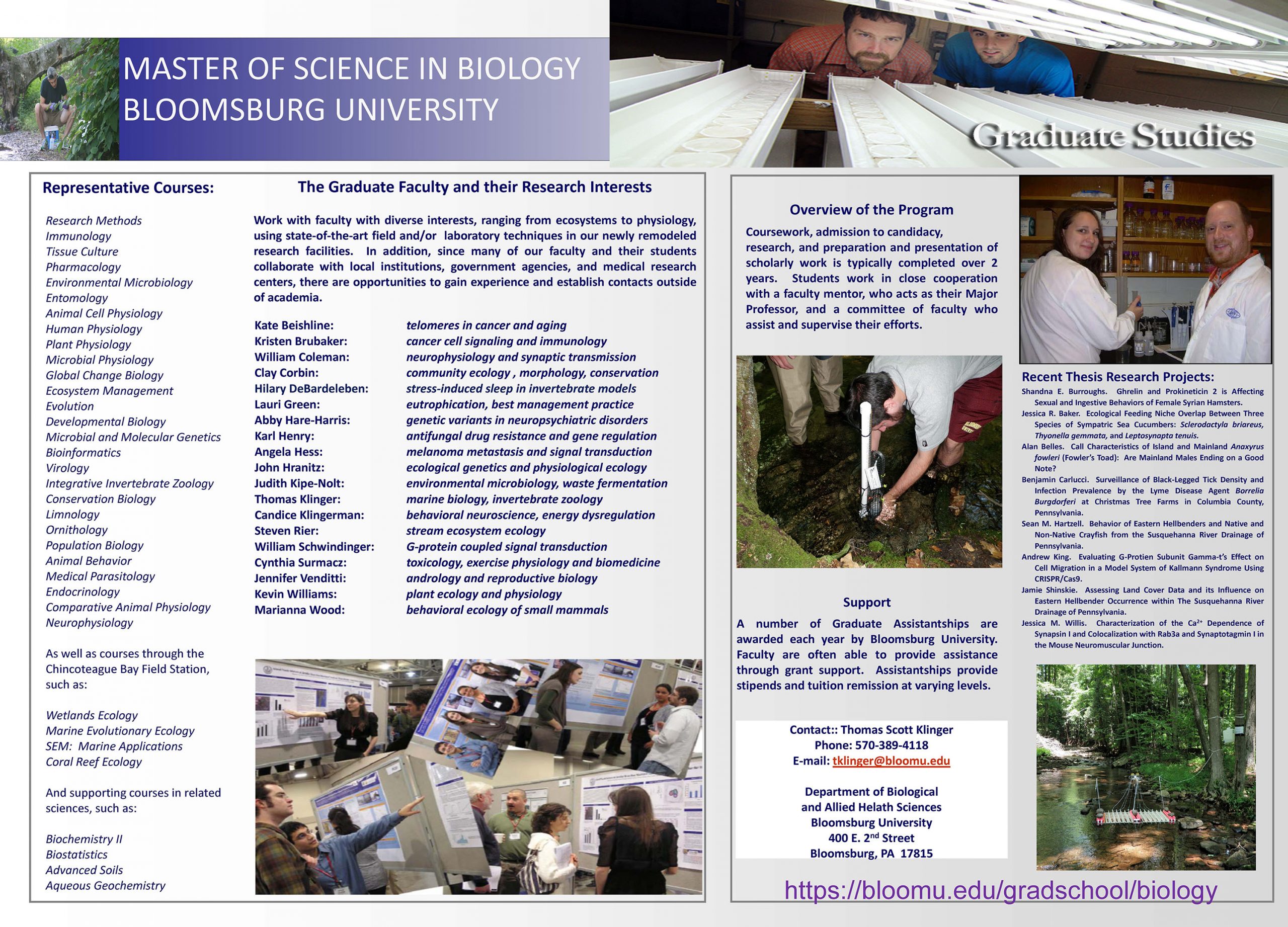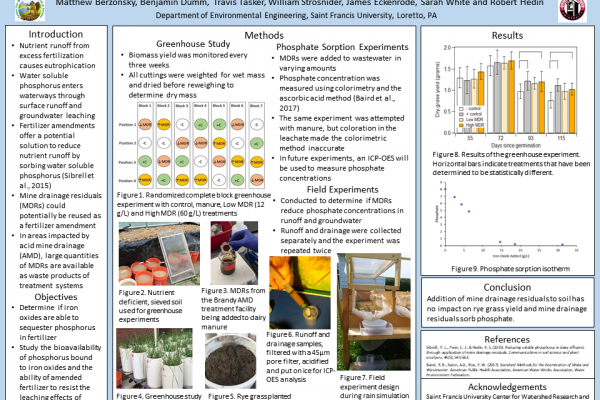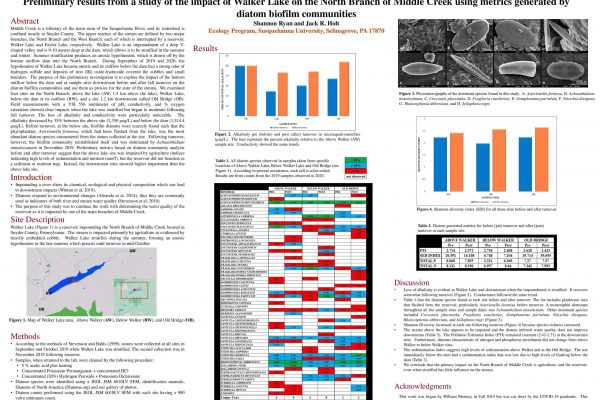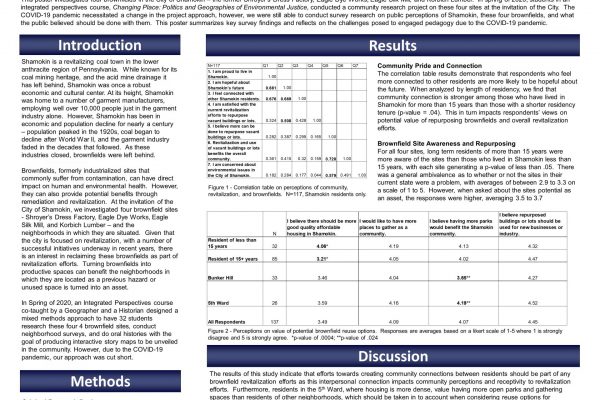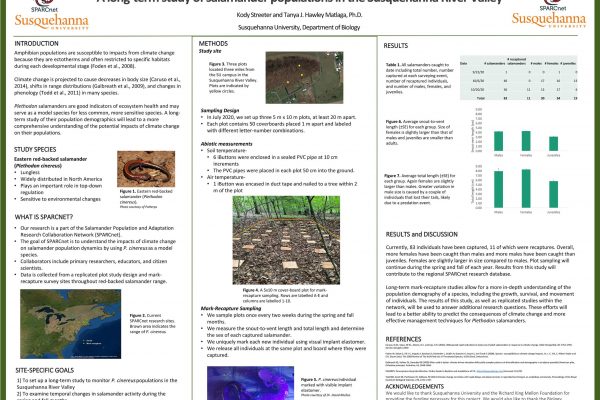Master of Science in Biology at Bloomsburg University
The Master of Science Degree is rapidly becoming the professional working degree in Biology. This
degree provides the advanced training in the biological sciences and supporting disciplines which
working biologists need. Bloomsburg University is a great choice for graduate school. The
Department of Biological and Allied Health Sciences faculty members represent a diverse…
Analyzing the Impact of Mine Drainage Residuals on Phosphorus Sequestration and Agricultural Production
Waterways throughout Appalachia and other areas in the United States are impacted by acid mine drainage. Treatment of mine water often results in large quantities of solids, also known as mine drainage residuals, that are typically disposed by burial, landfilling, or pumping back into mine pools. We hypothesize that mine…
Preliminary results from a study of the impact of Walker Lake on the North Branch of Middle Creek using metrics generated by diatom biofilm communities
Middle Creek is a tributary of the main stem of the Susquehanna River, and its watershed is confined mostly to Snyder County. The upper reaches of the stream are defined by two major branches, the North Branch and the West Branch, each of which is interrupted by a reservoir…
Public Perceptions of Brownfields in a Revitalizing Coal Town: A Community-Engaged Course with a COVID-19 Pivot
Environmental justice in coal regions tends to be tied to the active and legacy mining impacts of coal extraction on natural and human communities. However, in Pennsylvania’s anthracite coal mining region, there is a history of diverse industrial land uses in addition to coal extraction. These former industrial…
A Long-term Study of Salamander Populations in the Susquehanna River Valley
Amphibians have many biological characteristics that make them sensitive to changes in environmental conditions, particularly climate change. These characteristics allow researchers to use amphibians as indicators of environmental change and explore ways to mitigate adverse effects. The eastern red-backed salamander, Plethodon cinereus, can be used as a model organism in…
